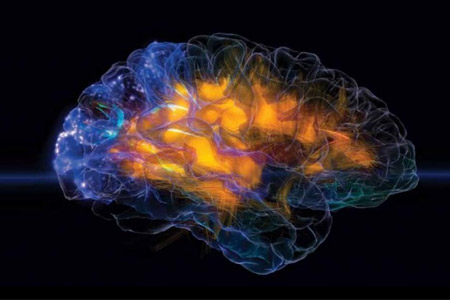- Autori:
-
Lippi, Giuseppe; Dipalo, M; Aloe, R; Robuschi, F; Scioscioli, F; Ruffini, L; Cervellin, G.
- Titolo:
-
Early kinetics of heart-type fatty acid binding protein in patients undergoing dipyridamole stress echocardiography and relationship with high-sensitivity troponin.
- Anno:
-
2014
- Tipologia prodotto:
-
Articolo in Rivista
- Tipologia ANVUR:
- Articolo su rivista
- Lingua:
-
Inglese
- Formato:
-
A Stampa
- Referee:
-
Sì
- Nome rivista:
- KARDIOLOGIA POLSKA
- ISSN Rivista:
- 0022-9032
- N° Volume:
-
72
- Numero o Fascicolo:
-
6
- Intervallo pagine:
-
527-533
- Parole chiave:
-
troponin; myocardial injury; heart-type fatty acid binding protein
- Breve descrizione dei contenuti:
- BACKGROUND: The assessment of cardiospecific troponins is the main stay for diagnosing myocardial injury, although their diagnostic sensitivity remains suboptimal at patient admission to the emergency department (ED), thus paving the way for translational research to identify early and complementary biomarkers which may help improve the diagnostic sensitivity of high-sensitivity troponin immunoassays at patient presentation to the ED.
AIM: To investigate whether heart-type fatty acid binding protein (H-FABP) provides distinctive and/or adjunctive information over high-sensitivity troponin I (HS-TnI) in ED patients undergoing dipyridamole stress testing.
METHODS: Thirty consecutive ED patients with chest pain but no myocardial ischaemia were challenged with dipyridamole-atropine and followed by echocardiography. Blood samples for assessing H-FABP and HS-TnI were collected before the dipyridamole challenge, immediately after, and 6 h afterwards.
RESULTS: The concentration of HS-TnI in the whole cohort of patients did not vary significantly throughout the study period, whereas H-FABP significantly increased after the test (4.2 ng/mL, p = 0.003), but not 6 h afterwards (3.8 ng/mL, p = 0.372) compared to baseline (4.0 ng/mL). The kinetics was similar in patients with positive or negative results of stress testing. The frequency of biomarker increase after the test was greater for H-FABP than for HS-TnI immediately after the pharmacological challenge (77% vs. 53%), but was lower 6 h afterwards (30% vs. 63%). The number of patients with values exceeding the diagnostic threshold of both biomarkers remained constant throughout the study period.
CONCLUSIONS: These results suggest that dipyridamole stress echocardiography does not trigger substantial myocardial injury. We have also shown that release of H-FABP from stressed myocardium occurs without progression towards irreversible necrosis, and is more precious than that of TnI.
- Id prodotto:
-
81995
- Handle IRIS:
-
11562/747361
- depositato il:
-
26 giugno 2014
- ultima modifica:
-
15 novembre 2022
- Citazione bibliografica:
-
Lippi, Giuseppe; Dipalo, M; Aloe, R; Robuschi, F; Scioscioli, F; Ruffini, L; Cervellin, G.,
Early kinetics of heart-type fatty acid binding protein in patients undergoing dipyridamole stress echocardiography and relationship with high-sensitivity troponin.
«KARDIOLOGIA POLSKA»
, vol.
72
, n.
6
,
2014
,
pp. 527-533
Consulta la scheda completa presente nel
repository istituzionale della Ricerca di Ateneo 








